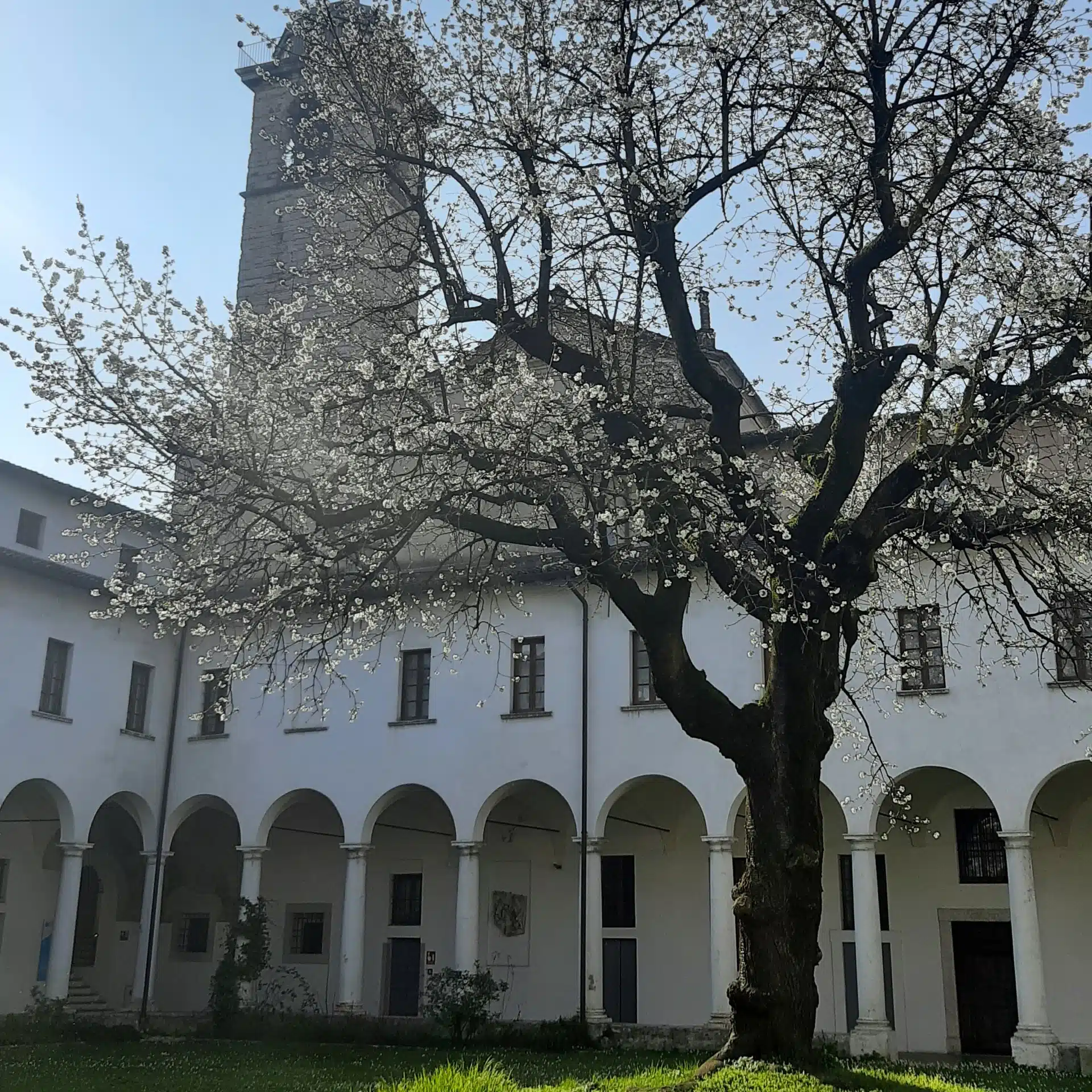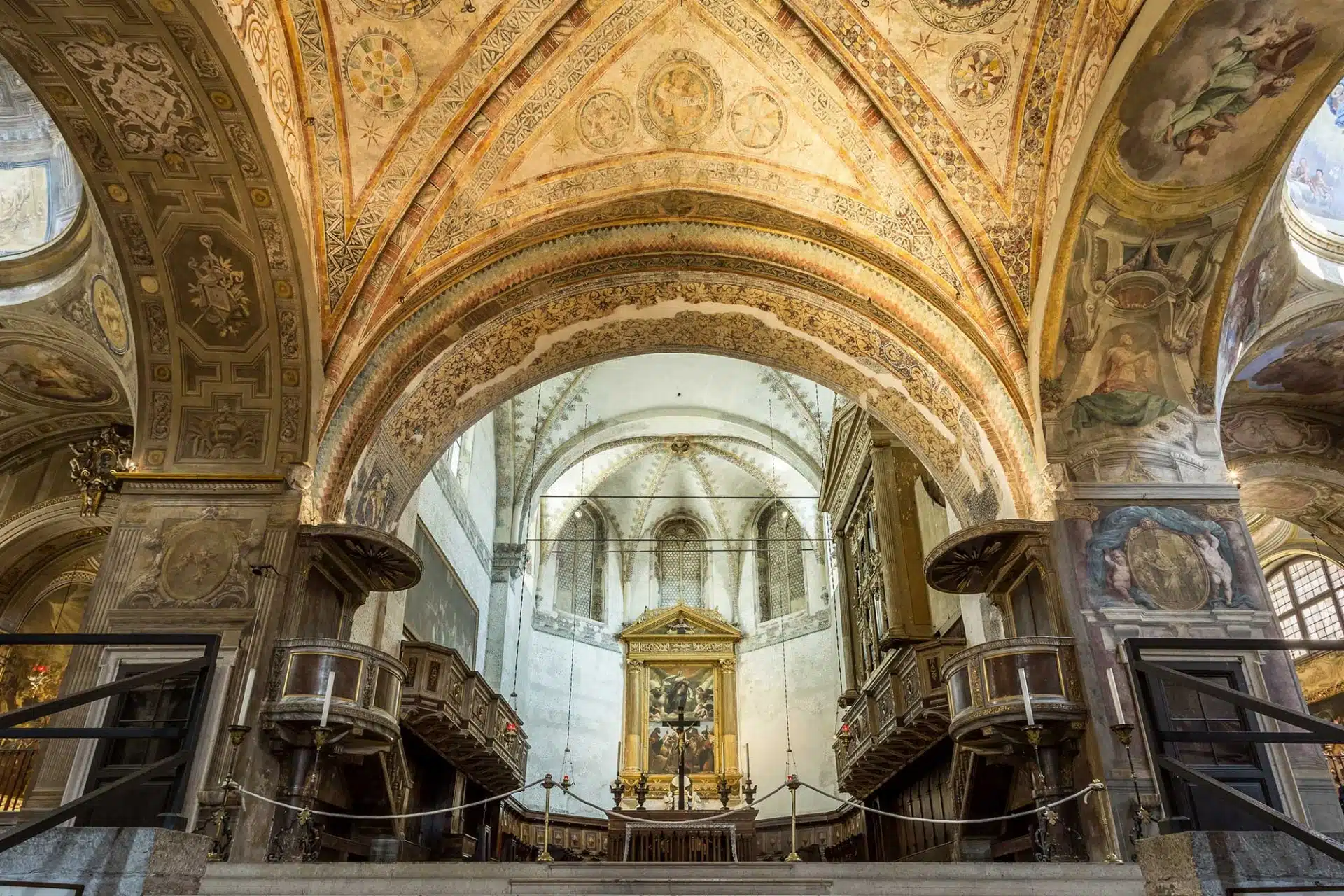De Vita Christiana di Bonizone da Sutri
Autore: Scuola bresciana (XII secolo) Manoscritto membranaceo - 287x182 mm Provenienza: Brescia, Biblioteca Capitolare del Duomo -
Il manoscritto contiene il testo integrale del De Vita Christiana, una sorta di manuale pratico di vita cristiana e del suo sistema etico-dottrinale.
Fu scritto nell’XI secolo da Bonizone da Sutri (1050-1090), vescovo e giurista coinvolto nella Lotta per le Investiture tra l’imperatore Enrico IV e papa Gregorio VII, di cui fu stretto alleato. I suoi scritti di natura religiosa, storica e dottrinale riscossero particolare successo per tutto il Medioevo.
Il De Vita Christiana venne citato per la prima volta nella collezione della Biblioteca Capitolare del Duomo di Brescia nell’Elenco Gradenigo compilato dal Padre Teatino Giovanni Gerolamo Gradenigo. Dovette pervenire a Brescia in epoca e modi imprecisati: nelle ultime pagine, alcune scritte poco leggibili in lettere gotiche testimoniano la sua originale appartenenza ad una certa Bibliotheca de Corradi.
Rimasto nella Biblioteca Capitolare anche in epoca napoleonica, giace in buono stato di conservazione grazie al restauro operato negli anni Ottanta.
Il programma ornamentale, vergato in minuscola carolina italiana, è accurato ed elegante. Vi si trovano minuziose lettere miniate zoomorfe e fitomorfe all’inizio di ognuno dei dieci libri dell’opera. Sono costruite da raffinati intrecci dal disegno accurato e dalla tenue colorazione in inchiostri gialli, verdi e rossi.
Tra i capilettera zoomorfi spicca il drago che compone l’asta obliqua della lettera Q al c. 93r. L’animale è rappresentato con un’accentuata torsione delle carni che ne sottolinea l’aspetto minaccioso e delineato con fragili tratti di inchiostri ocra, verdi e rossi.
Una delle miniature più interessanti sia dal punto di vista stilistico che per gli stretti legami con il contenuto del testo, è l’illustrazione a piena pagina della Crux Parentelae, ornata da motivi vegetali verdi, ocra e vermiglie.
L’immagine è inserita all’interno del discorso di Bonizone sul matrimonio. Rappresenta uno schema sui vari legami di consanguineità che potevano costituire impedimento per le nozze ed è caratterizzata da un disegno nitido e accurato. La croce termina al piede con intrecci vegetali solidi e ben composti.
Il De Vita Christiana si ascrive ad un ignoto miniatore di scuola bresciana del XII secolo, aggiornato sulle tendenze artistiche sia locali che padane riscontrabili anche in altri codici provenienti sia dal monastero di San Faustino che della stessa Biblioteca Capitolare.











